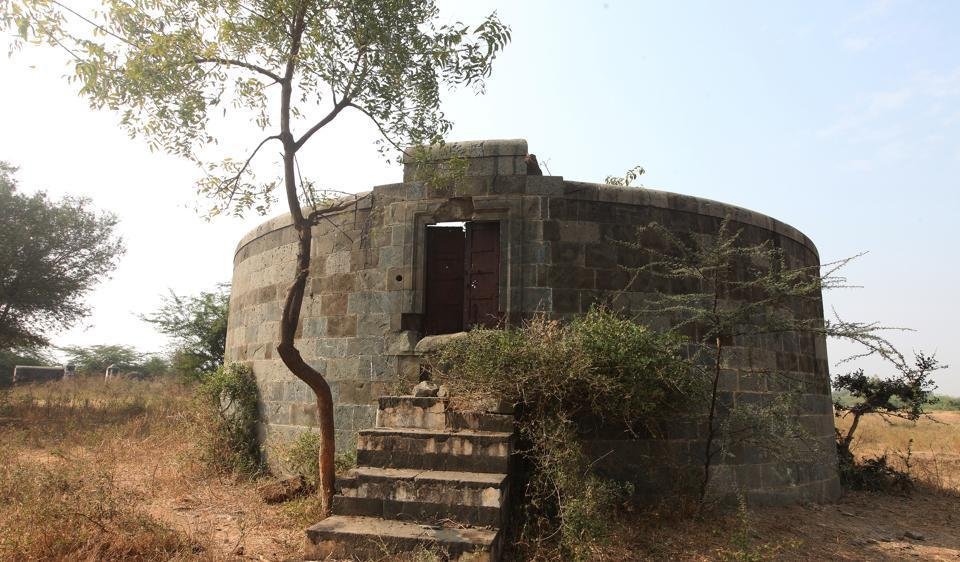Parsi trust in Mumbai scraps plan of using plot near Tower of Silence to segregate waste
The trust had planned to transport waste from 10 housing colonies managed by it, to Ambawadi on Malabar Hill following directives from BMC.
The Bombay Parsi Punchayet’s (BPP) plan to set up a waste segregation and composting unit at a plot near the Tower of Silence has been scrapped after community members opposed it.
 “The elderly, a large section of the orthodox community believe that the waste treatment plant goes against the ethos of Doongerwadi [Tower of Silence] since the proposed plant is close to our dokhmas [towers]. We have decided that waste management units will be set up in colonies, according to BMC guidelines,” said Viraf Mehta, BPP trustee.
“The elderly, a large section of the orthodox community believe that the waste treatment plant goes against the ethos of Doongerwadi [Tower of Silence] since the proposed plant is close to our dokhmas [towers]. We have decided that waste management units will be set up in colonies, according to BMC guidelines,” said Viraf Mehta, BPP trustee.
The trust had planned to transport waste from 10 housing colonies managed by it, to Ambawadi on Malabar Hill following directives from BMC, which has made household garbage segregation necessary.
HT had reported last month that BPP was supposed to implement a three-stage plan to collect waste generated by 2500 homes and process it on trust-owned land in Malabar Hill.
In the first phase of the plan, waste from 10 big Parsi housing colonies was to be collected and treated at the waste treatment plant to be set up near the chawls housing Khandias, their traditional corpse bearers.
However, few community members raised apprehensions about the unit being close to the Tower of Silence. Some were of believed the proposal would lead to commercialisation.
The BMC had set a deadline of October 2, 2017 and then extended it to end of January 2018 to stop collecting wet waste from bulk generators (those who generate more than 100kgs of waste or facilities spread over an area of 20,000sq metres or more).
In December 2017, BMC chief Ajoy Mehta ordered all 24 municipal ward officers to prepare plans to reduce waste generation in their wards by 6%.
BPP trustee Kersi Randeria, who proposed the project said, “We need a way to treat our waste, but also need to respect the sensitivity of the community.”




